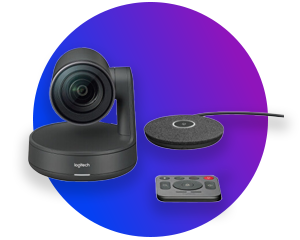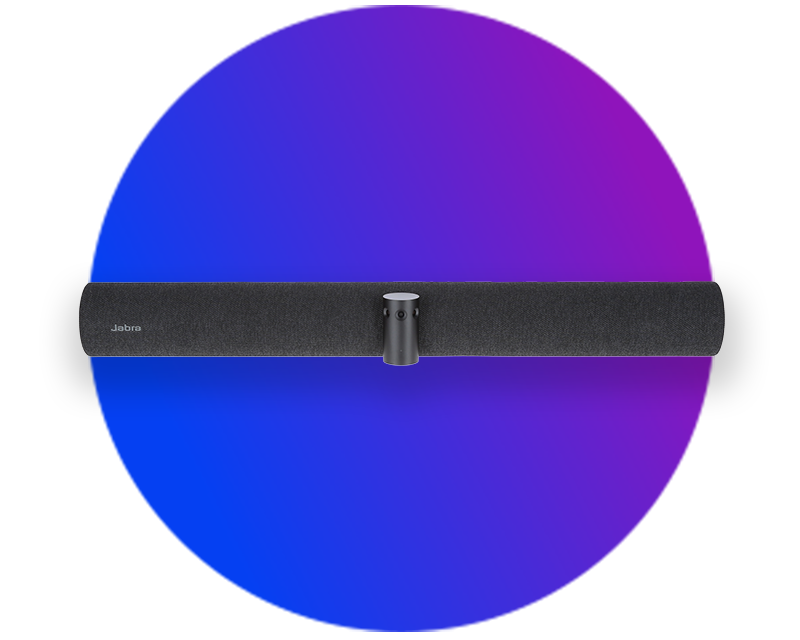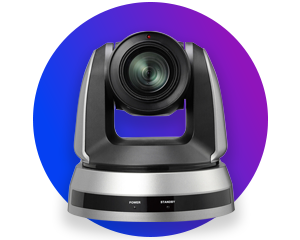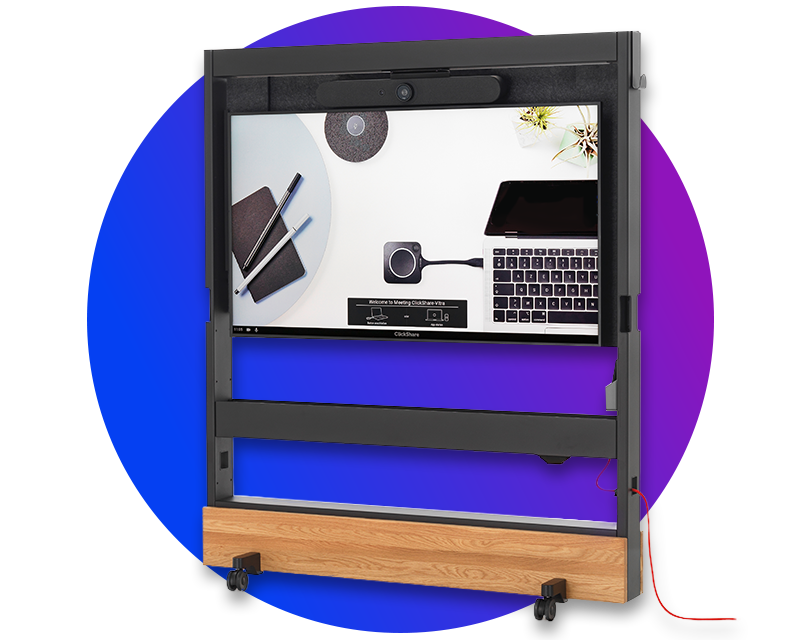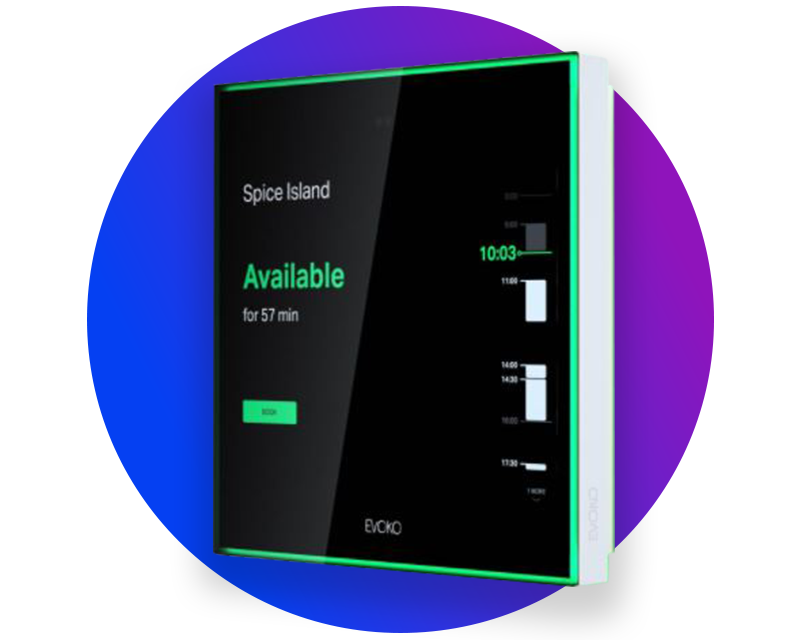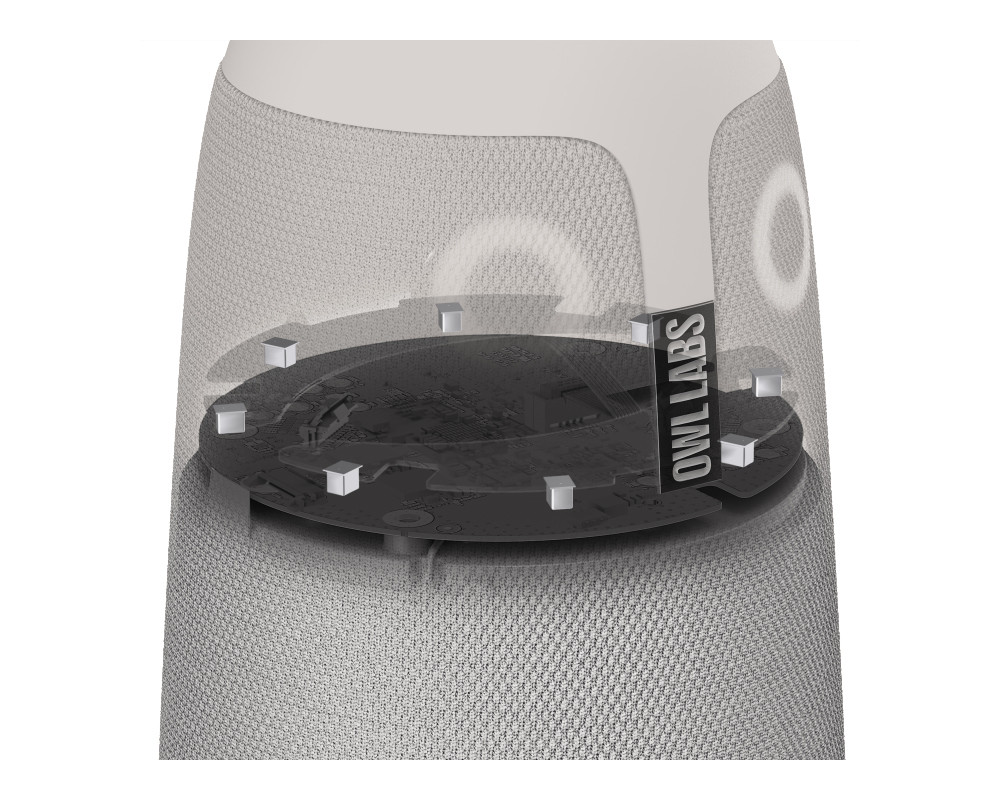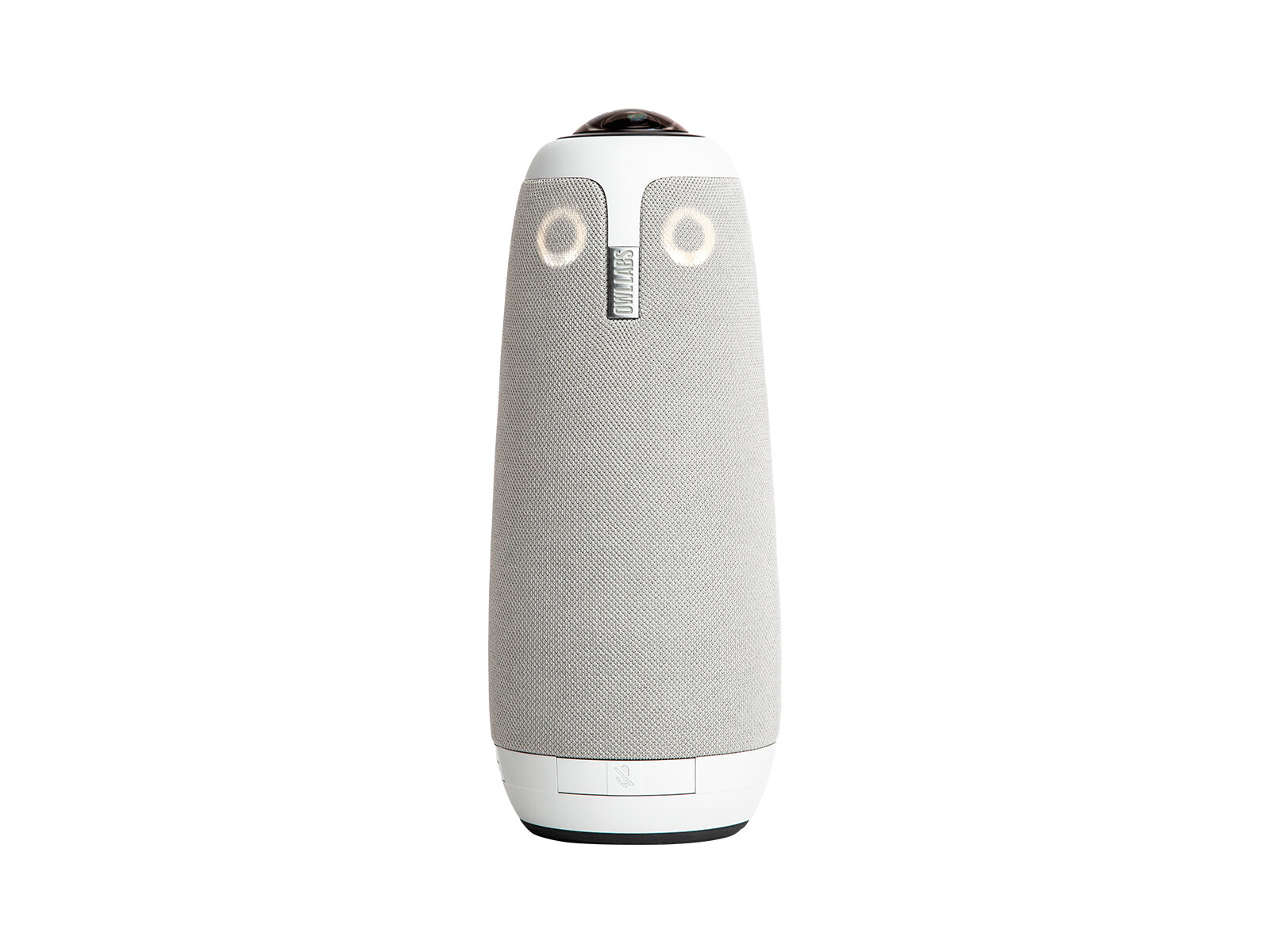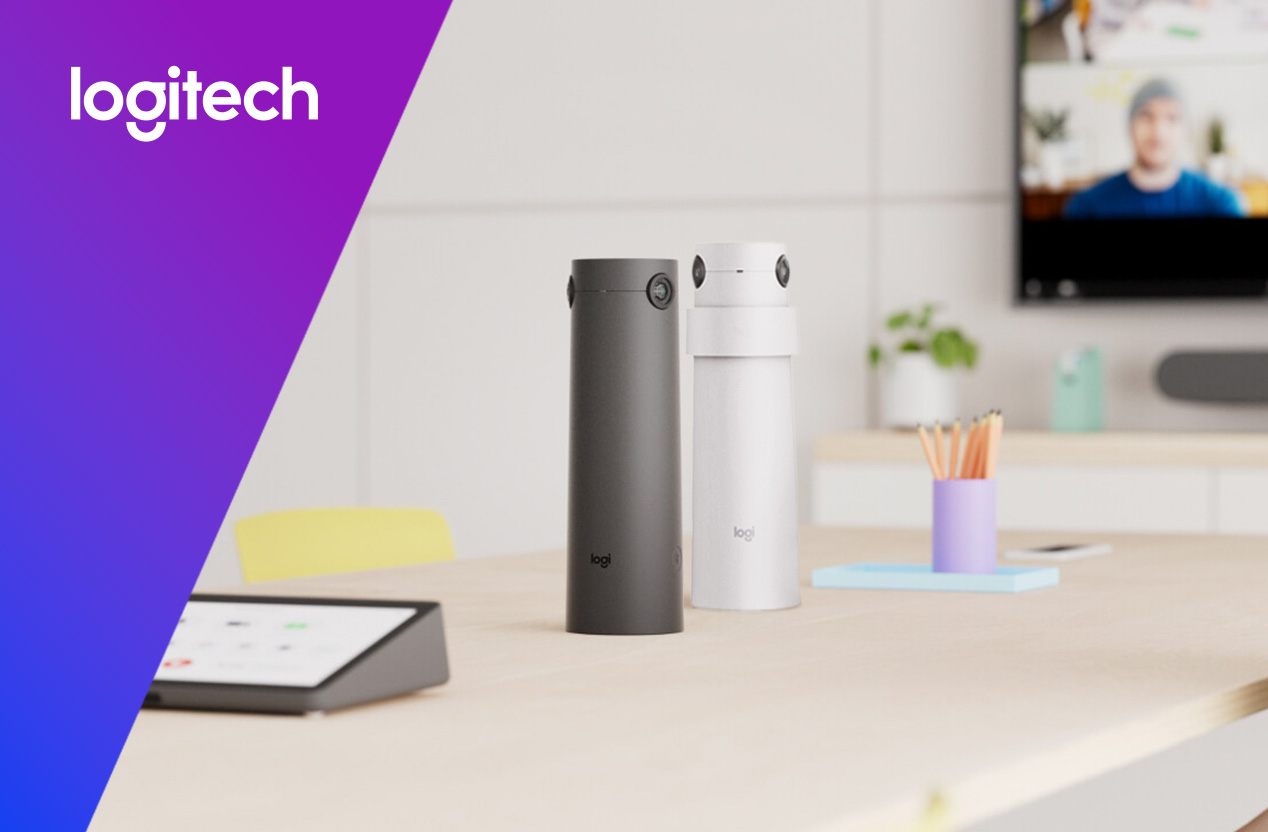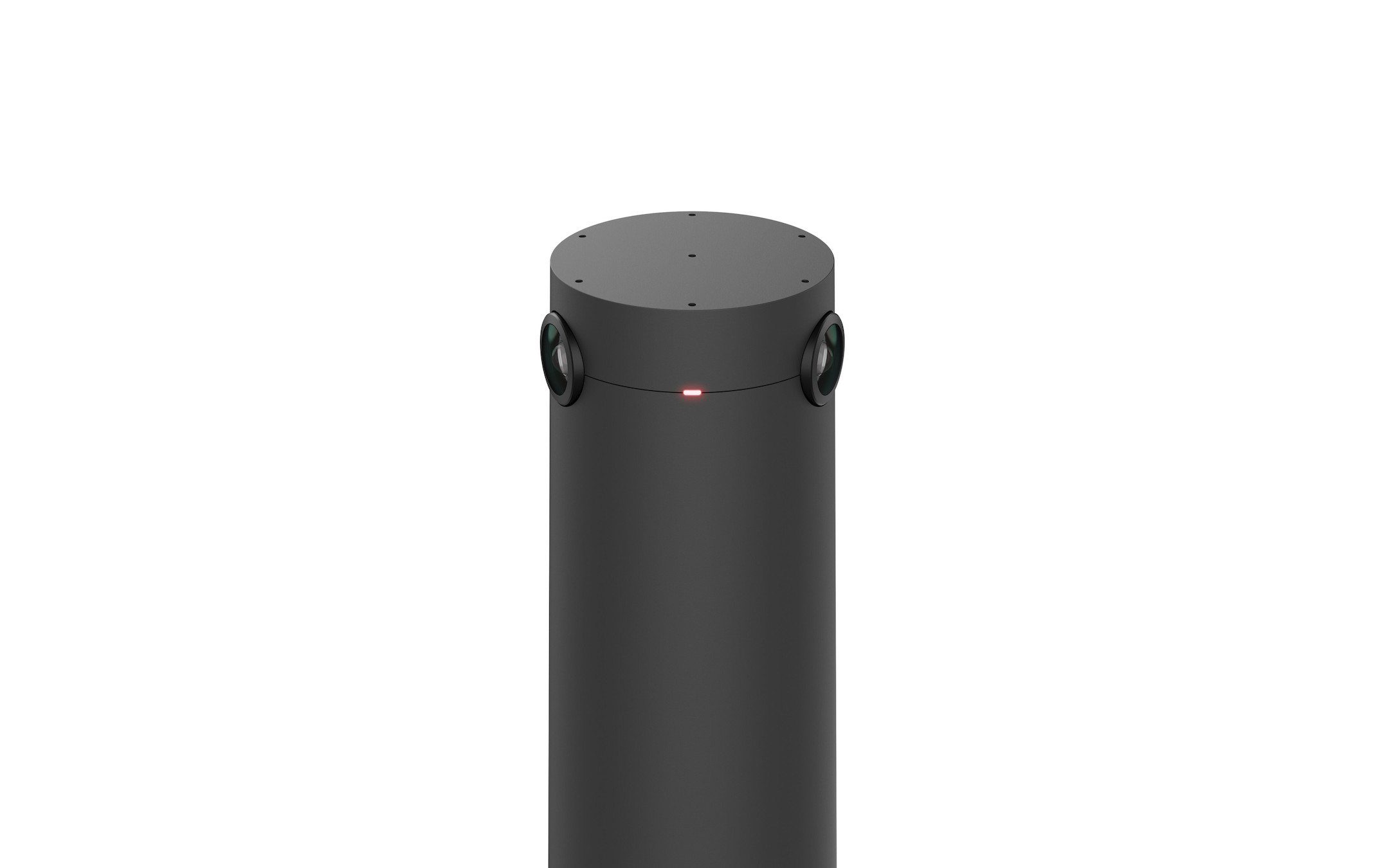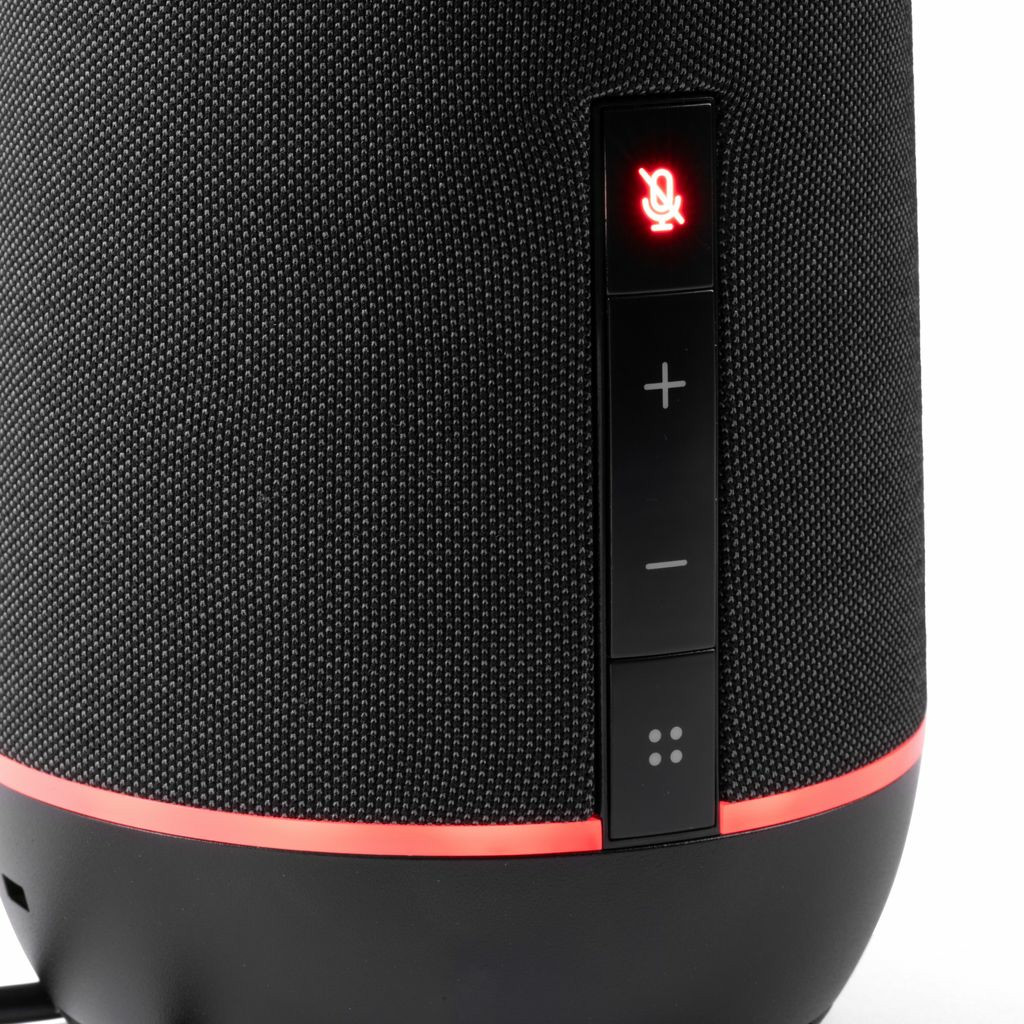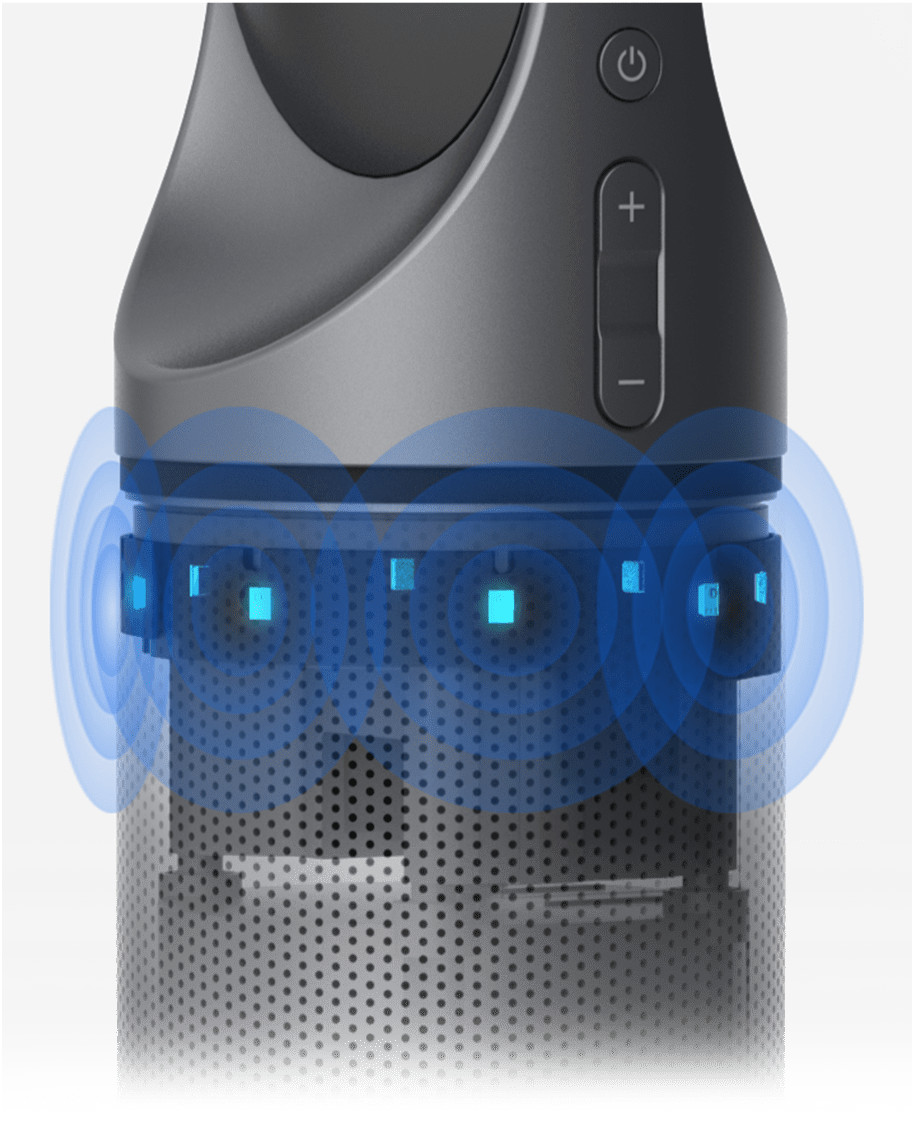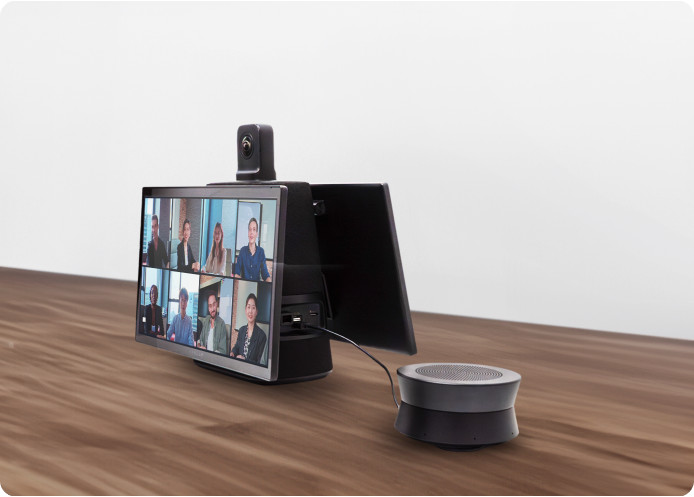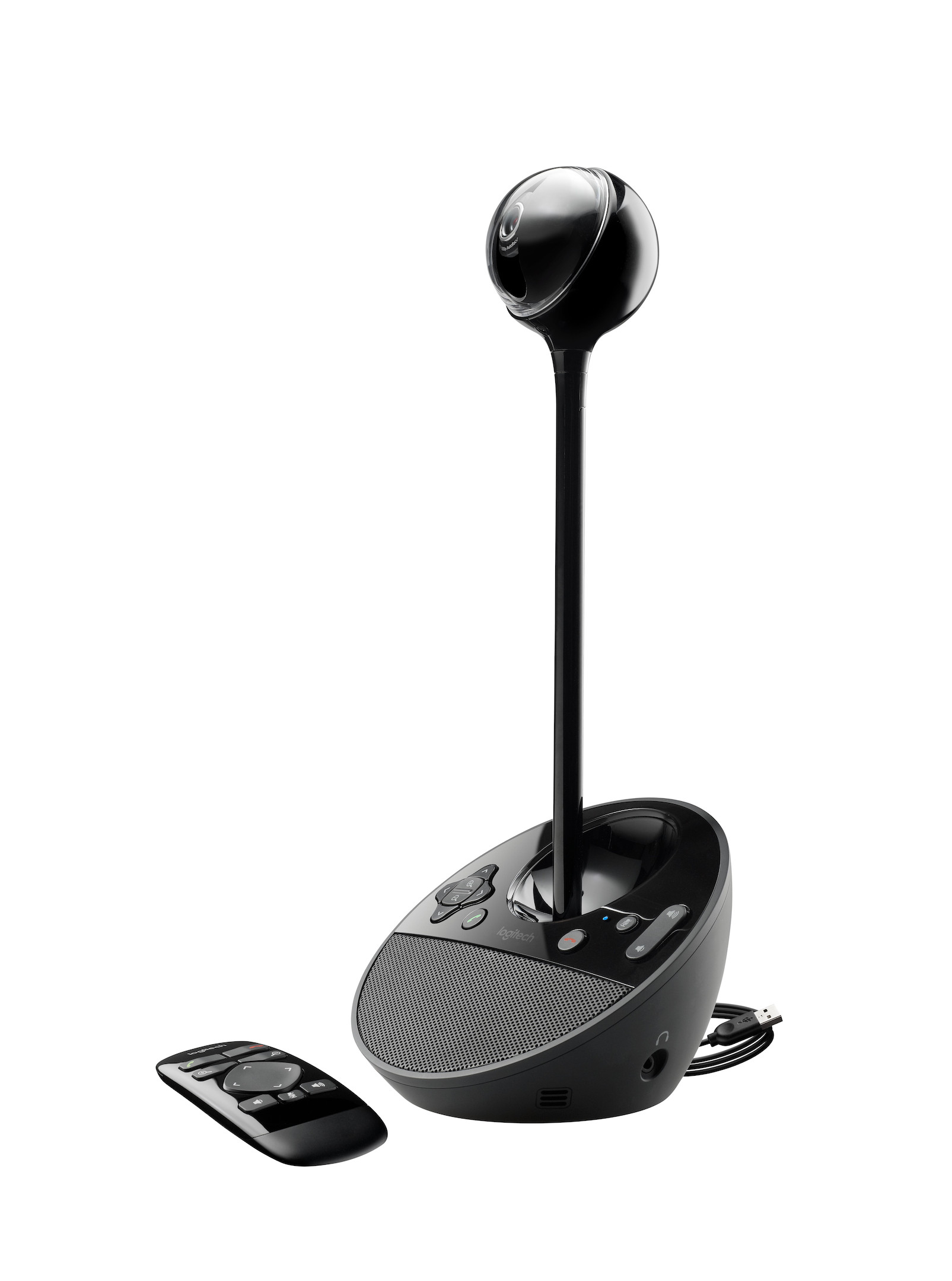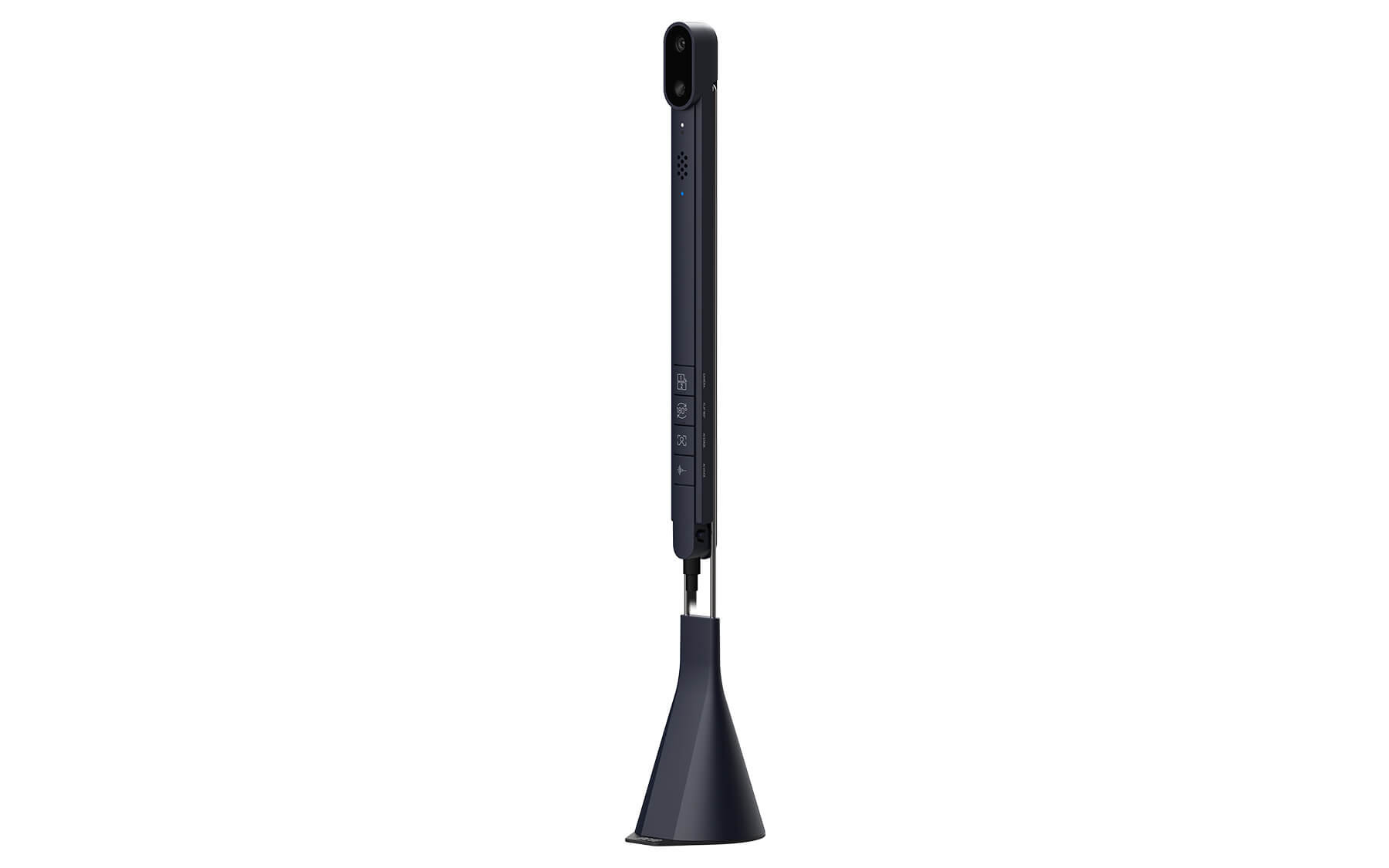Table cameras / 360° cameras
Discover intelligent table cameras / 360° cameras, which with advanced AI technology, give remote participants the feeling of being right at the conference table and not just passive spectators. With their ability to provide a full 360° image of the conference room, table cameras enable an immersive and inclusive hybrid meeting experience that goes far beyond what traditional video conferencing can offer.
With a table camera, you can not only ensure that all participants are visible and audible, but also that they are fully engaged in the conference, regardless of where they are. Explore our selection of table cameras and see how they can take your video conferencing to the next level
13 Products
Sort by:


